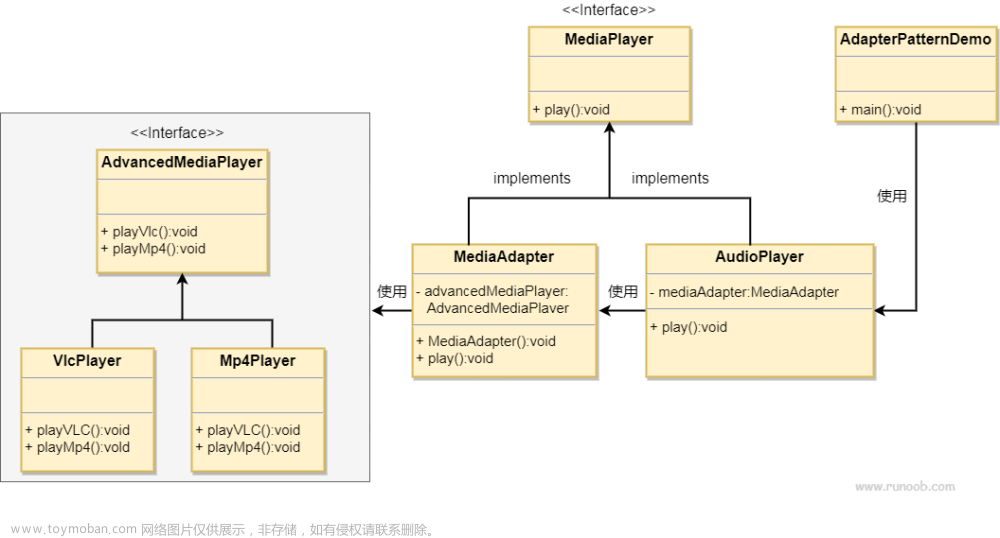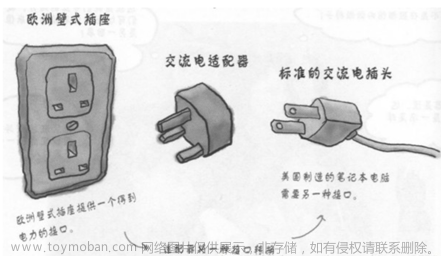关注我,学习Rust不迷路
在 Rust 中,可以使用结构体和 trait 来实现适配器模式。适配器模式是一种结构型设计模式,它允许将一个类的接口转换为客户端所期望的另一个接口。下面是一个使用 Rust 实现适配器模式的示例,带有详细的注释和说明:
// 定义目标接口
trait Target {
fn request(&self);
}
// 定义适配者接口
trait Adaptee {
fn specific_request(&self);
}
// 实现适配者接口
struct ConcreteAdaptee;
impl Adaptee for ConcreteAdaptee {
fn specific_request(&self) {
println!("Specific request from Adaptee");
}
}
// 实现适配器
struct Adapter {
adaptee: Box<dyn Adaptee>,
}
impl Adapter {
fn new(adaptee: Box<dyn Adaptee>) -> Self {
Adapter { adaptee }
}
}
impl Target for Adapter {
fn request(&self) {
self.adaptee.specific_request();
}
}
fn main() {
// 创建适配者对象
let adaptee: Box<dyn Adaptee> = Box::new(ConcreteAdaptee);
// 创建适配器对象
let adapter = Adapter::new(adaptee);
// 调用目标接口
adapter.request();
}
在上述示例中,我们首先定义了目标接口 Target 和适配者接口 Adaptee 。然后,我们实现了适配者接口 Adaptee 的具体类型 ConcreteAdaptee ,并在其中实现了 specific_request 方法。
接下来,我们定义了适配器 Adapter ,它包含一个适配者对象。适配器实现了目标接口 Target ,并在 request 方法中调用适配者的 specific_request 方法。
在 main 函数中,我们创建了一个适配者对象 adaptee ,并将其传递给适配器的构造函数创建适配器对象 adapter 。然后,我们通过调用目标接口的 request 方法,实际上调用了适配者的 specific_request 方法。文章来源:https://www.toymoban.com/news/detail-624199.html
通过适配器模式,我们可以将一个类的接口转换为另一个类的接口,以满足客户端的需求。适配器模式可以帮助我们在不修改现有代码的情况下重用已有的类,提高代码的可维护性和扩展性。文章来源地址https://www.toymoban.com/news/detail-624199.html
关注我,学习Rust不迷路
到了这里,关于用Rust实现23种设计模式之适配器的文章就介绍完了。如果您还想了解更多内容,请在右上角搜索TOY模板网以前的文章或继续浏览下面的相关文章,希望大家以后多多支持TOY模板网!













